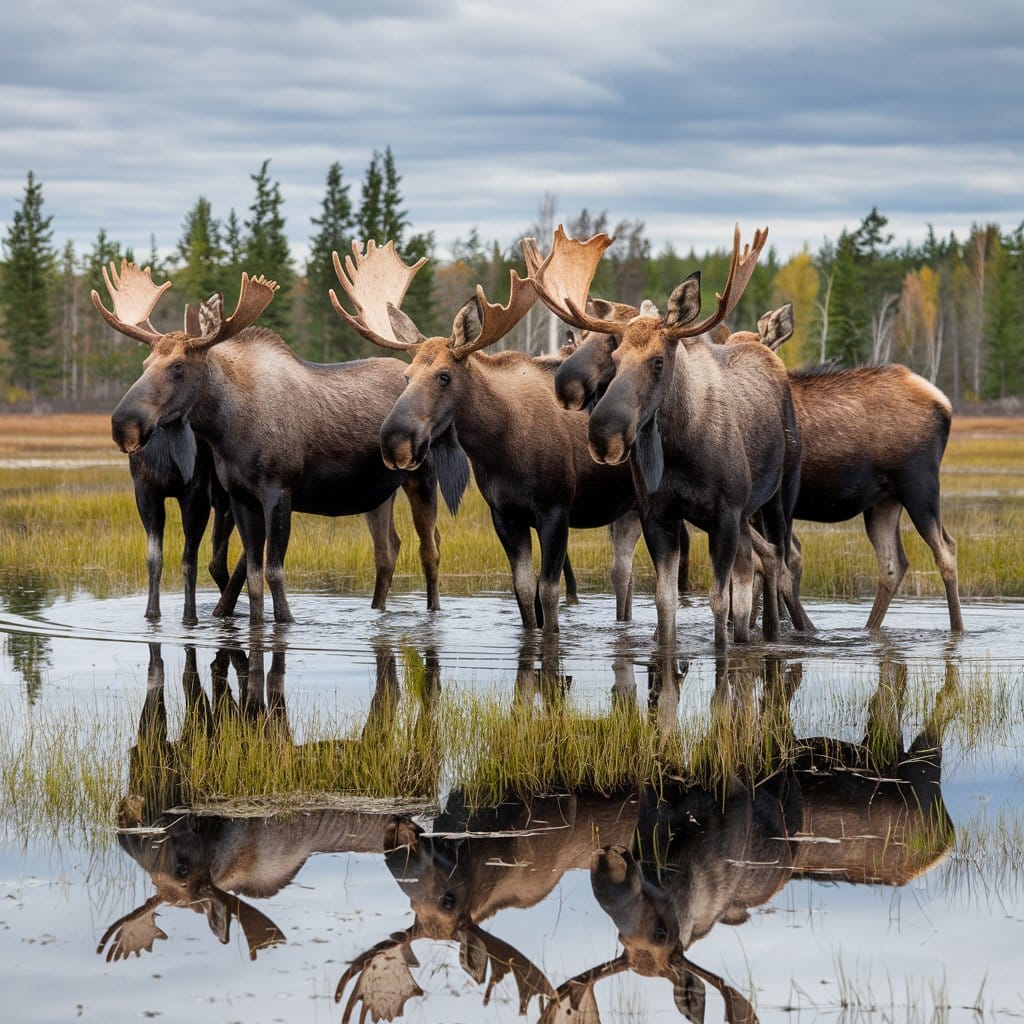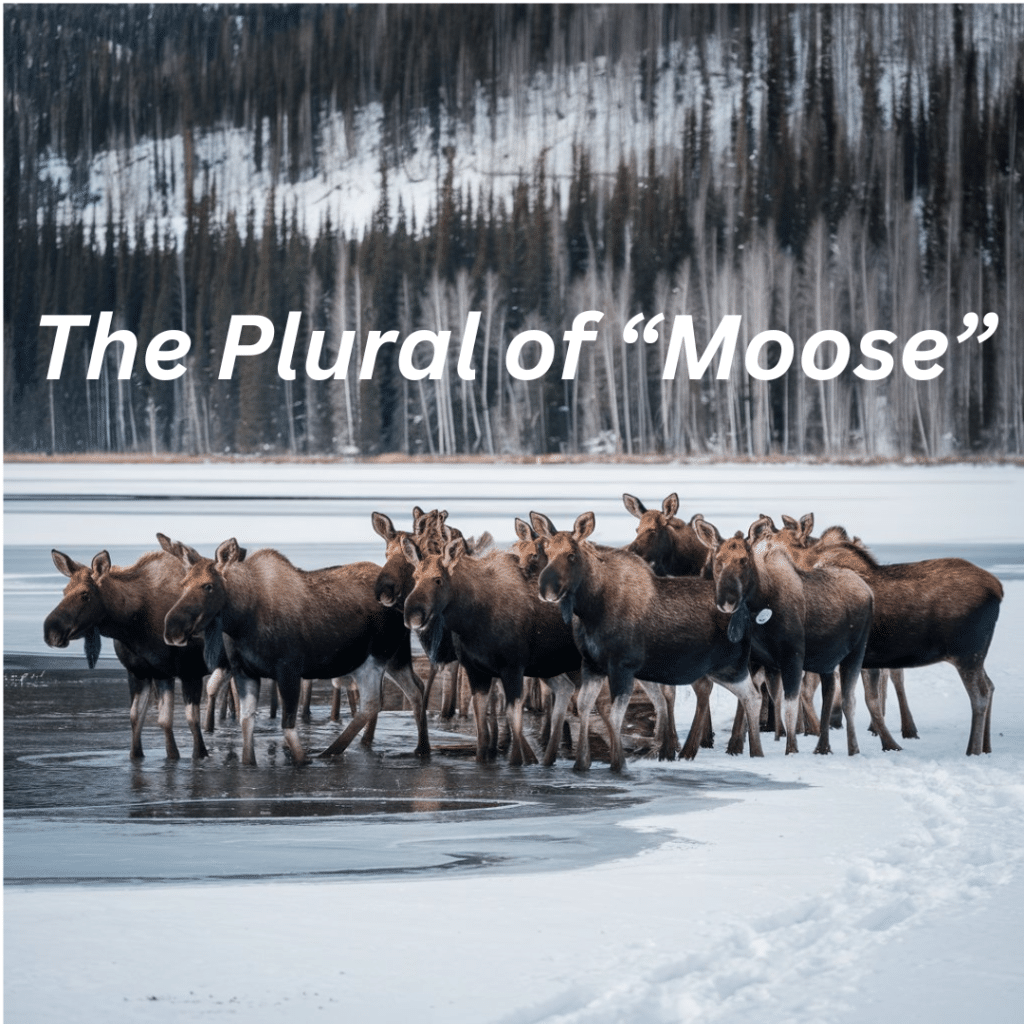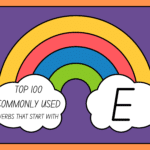The question “What’s the plural of moose?” often confuses language enthusiasts and animal lovers alike. Whether you’re in a lively debate or just curious, understanding the plural of the moose can lead to intriguing discussions.
So, let’s dive deep into the plural form of moose and explore all aspects of this fascinating word, including its definition, usage, and some fun facts about these majestic creatures.
The Plural of Moose: A Simple Answer
To start with, the plural of moose is simply moose. Unlike many English nouns that take on different forms when pluralized, moose remains unchanged. This might come as a surprise to some who expect it to follow regular pluralization rules, such as adding an “s” or “es.”
Clarifying Misconceptions
You may have heard terms like mooses or even meeses floating around. However, these are incorrect and often stem from playful misinterpretations of English grammar. When discussing more than one moose, simply use the word moose. For example, you can say, “I saw three moose in the forest.”
Singular vs Plural: Clarifying Moose
To clarify, the word moose can function as both a singular and plural noun. Here are examples that showcase its usage in both contexts:
- Singular: “I saw a moose standing by the river.”
- Plural: “A herd of moose gathered near the lake.”
In these examples, the singular form refers to one animal, while the plural form refers to multiple moose without any change in the word itself. This is what makes the moose plural form unique and interesting!
Read more : What’s the Plural of Deer?
Why the Confusion?
The confusion surrounding the plural of moose can be attributed to a few factors. Let’s explore these:
Irregular Plural Forms
English is known for its irregular plural forms, such as children for child and mice for mouse. This can lead to expectations that all nouns follow similar patterns. Since many people learn English through exposure to such variations, they might incorrectly apply these rules to moose.
Language Evolution
Language is constantly evolving, and as it does, we see shifts in how words are understood and used. The plural for moose has been consistent, but popular culture can sometimes introduce playful variations, which can confuse even the most seasoned speakers.
Countable vs Uncountable Nouns
Understanding whether a noun is countable or uncountable can also help clarify usage.
Definition of Countable Nouns

Countable nouns are those that can be counted individually. Moose is a countable noun because you can have one moose, two moose, or even ten moose.
Here’s a quick comparison of countable and uncountable nouns:
| Countable Nouns | Uncountable Nouns |
| Moose | Water |
| Dog | Air |
| Car | Rice |
This distinction is important for proper sentence construction and understanding how to express quantity. When using the plural noun for moose, you can simply count them like any other animal.
Example Sentences with Moose
To illustrate how to use moose in various contexts, here are some example sentences:
- Sightings: “I spotted a moose while hiking in the national park.”
- In a Group: “Yesterday, I saw multiple moose grazing peacefully in the meadow.”
- Descriptive Context: “The moose, with its impressive antlers, is truly a sight to behold.”
Each sentence shows how versatile the word moose can be, whether in singular or plural form. The beauty of this word is its simplicity, which allows for rich storytelling and descriptive language.
Collective Nouns for Moose
While the plural form for moose remains unchanged, you might be curious about how to refer to a group of these animals. The collective noun for moose is a herd.
Examples of Collective Terms
Here are a few examples of collective terms related to moose:
- A herd of moose: The most common term used to describe a group of these animals.
- A gang of moose: Occasionally used, but less common.
- A parade of moose: A more whimsical term, often found in literature.
Using collective nouns can add depth to your writing and help paint a clearer picture of scenes involving multiple moose.
You may also like : What is The Plural of Fox? Clearing Up the Confusion
The Fascinating World of Moose
Moose are fascinating creatures deserving of a closer look. Understanding what makes them unique can enhance your appreciation for this incredible animal.
Basic Definition of Moose
The moose (Alces alces) is the largest member of the deer family, native to the northern regions of North America, Europe, and Asia. Known for their distinctive antlers and long legs, moose are herbivores that primarily feed on leaves, bark, and aquatic plants.
Quick Facts About Moose:
- Height: Adult moose can stand 4.5 to 6.5 feet tall at the shoulder.
- Weight: They can weigh anywhere from 600 to 1,500 pounds.
- Lifespan: In the wild, moose can live for 15 to 25 years.
- Habitat: They prefer forested areas near water sources.
Cultural Significance
Moose hold cultural significance in many regions. Indigenous peoples have long revered moose for their meat and hides, using every part of the animal for various purposes.
In modern times, moose are also prominent in tourism, drawing visitors to national parks and wildlife reserves to catch a glimpse of these magnificent animals.
The Origin of the Word “Moose”
The word moose has its roots in indigenous languages. It originates from the Algonquin word “mos”, which means “eater of twigs.” This reflects the moose’s dietary habits and highlights the connection between language and culture.
Historical Usage
The term has evolved over time, but its usage has remained relatively stable since its introduction into English in the early 17th century. The moose has become emblematic of the wilderness in many parts of North America, serving as a symbol of natural beauty and ruggedness.
Understanding Plural Nouns
To further explore the concept of the plural form of moose, it’s beneficial to understand plural nouns in general.
What Are Plural Nouns?
Plural nouns are words that indicate more than one person, animal, thing, or concept. They often change form, but some, like moose, do not.
Examples of Regular vs. Irregular Plurals
| Singular | Plural |
| Cat | Cats |
| Dog | Dogs |
| Moose | Moose |
| Child | Children |
| Mouse | Mice |
This table illustrates the distinction between regular and irregular pluralization in English. Recognizing these patterns can help clarify usage and enhance language skills.
Must try this : What’s the Plural of Foreman? Is it Foremen or Foremans?
Conclusion
In summary, understanding the plural of moose can enrich your grasp of the English language while adding a fun element to discussions about wildlife. The correct plural form for moose remains unchanged, ensuring clarity when referencing one or multiple moose.
Remember, whether you’re spotting a single moose or observing a herd of moose, the beauty and grace of these animals capture the imagination. Language, like nature, is full of quirks and wonders, making it all the more fascinating to explore.
Additional Resources
For those interested in further learning, here are some valuable resources:
- National Park Service – Moose Facts
- Smithsonian National Zoo – Moose
- Merriam-Webster – Moose Definition

John David is an experienced blogger at Grammar Blend, passionate about language and communication. With a keen eye for grammar and clarity, he shares practical tips and tools to help readers improve their writing skills. His insightful articles make grammar accessible and engaging for learners of all levels.







